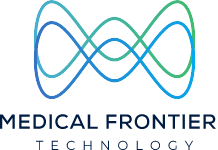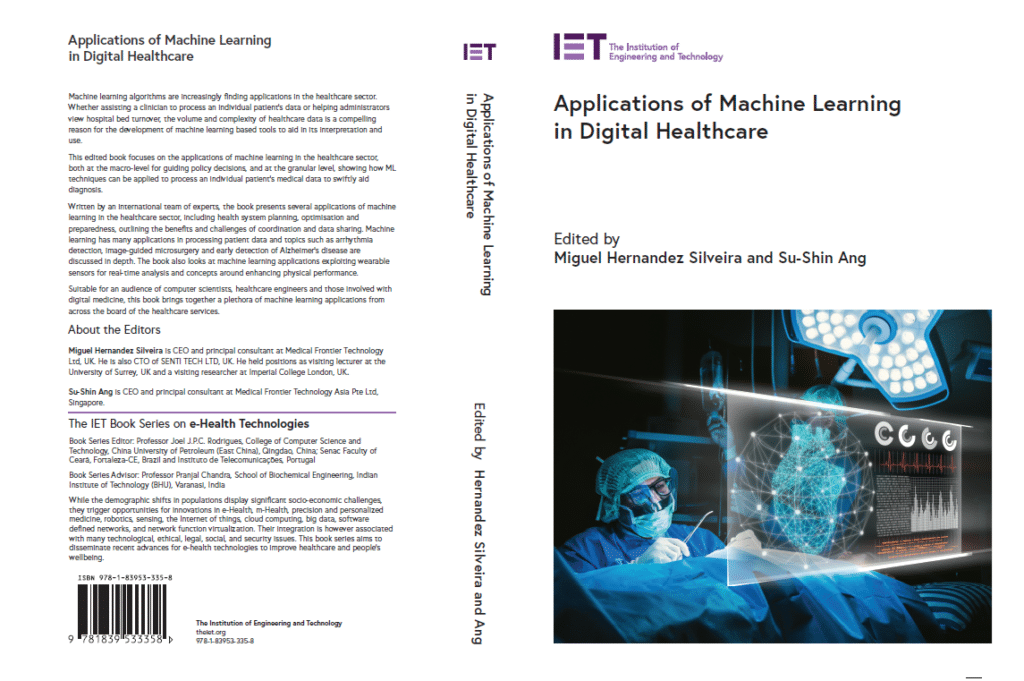At the beginning, Machine Learning (ML) has been touted as the key to all of our problems. Enthusiasts of ML will point us at success stories such as Google self-driving cars and more recently, Microsoft ChatGPT OpenAI services. However, businesses often pay lip service to ML to generate interest from investors, while remaining closeted skeptics of ML. Similarly, many Clinicians and Hospital administrators are unconvinced about the elusive benefits of ML and crucially, how risks to patient safety can be managed with ML in the loop. While many of the concerns are very real, we believe that much of them are driven by a lack of understanding of the underlying technology, which in turn leads to unrealistic expectations and subsequent disappointments. At the heart of the problem is data:
- What data to collect?
- How to collect data?
- How to process the data?
- How to train models using data?
- Insufficient data.
- How to demonstrate regulatory compliance with data, automated frameworks, and implement design controls?
Although there are general solutions to these questions, many of these answers are tightly coupled with the target application or indeed, the actual problem that the engineer is trying to solve using ML. For this reason, rather than taking an abstracted and functional approach to the problem at hand, we believe that it is essential to examine case studies where real world problems have been successfully solved. To that end, we wrote a book together with an international team of ML researchers, who are working on the bleeding edge of ML technology. This book is available at this link.

We are grateful for the opportunity to work with our team of distinguished authors, who have made immeasurable contributions to this publication over a span of three years, and we would like to thank them publicly. Although we are but a small torch in the area of ML and medical device technology, I hope that this book will help to elucidate the deep and dark recesses of ML in some small ways, and inspire more individuals to bravely cross over into this fascinating world.
| Name | Affiliation |
| Oliver Bent | University of Oxford, UK |
| Prathamesh Chati | Washington University, Missouri |
| Andrew Whitaker | Washington University, Missouri |
| Jonathan Silva | Washington University, Missouri |
| Ioanna Stavraki | Independent researcher, UK |
| Nicoletta Nicolaou | University of Nicosia Medical School, Cyprus |
| Marcela Paola Vizcaychipi | Imperial College London, UK |
| Jingyang Yu | Imperial College London, UK |
| Juan José Mantilla | Univ Rennes, CHU Rennes, France |
| José Luis Paredes | Universidad de Los Andes, Venezuela |
| Jean-Jacques Bellanger | Univ Rennes, CHU Rennes, France |
| François Carré | Univ Rennes, CHU Rennes, France |
| Frédéric Schnell | Univ Rennes, CHU Rennes, France |
| Mireille Garreau | Univ Rennes, CHU Rennes, France |
| Trinh C.K. Tran | National University of Singapore |
| Yongtai Raymond Wang | National University of Singapore |
| Alexandria Remus | National University of Singapore |
| Ivan Cherh Chiet Low | National University of Singapore |
| Dean Ho | National University of Singapore |
| Jason Kai Wei Lee | National University of Singapore |
| Matthew Douthwaite | Imperial College London, UK |
| Pantelis Georgiou | Imperial College London, UK |
| Lim Yeow Khee | Nanyang Technological University, Singapore |


